Remember those chunky old consoles with cartridges? Well, those days are long gone! The world of video games has changed a lot over the years – and each console generation has brought something new and exciting to the table.
We’ve already explored the early days of console gaming, but it’s time to move forward! Today, we’re taking a deep dive into the sixth generation of video game consoles, which started around 1998 and lasted until about 2005.
As you’ll see in this article, this era was pivotal for gaming, marked by a massive leap in technology, the rise of online multiplayer, and a wave of groundbreaking and highly cherished games that redefined what was possible in interactive entertainment.
This article is part of a complete series where we do a deep dive into each video game generation.
What made the sixth generation of video game consoles possible?
The sixth generation of video game consoles was a game-changer, literally! Games looked better, played smoother, and offered online multiplayer experiences for the first time. But what made this leap forward possible?
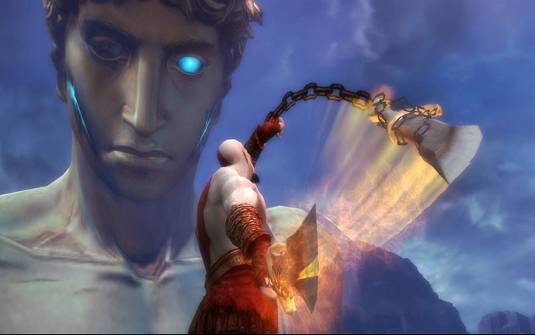
One of the biggest advancements that fueled the sixth generation was a massive boost in processing power and memory. Consoles like the PlayStation 2 and the Xbox were packing serious hardware compared to their predecessors.
This meant developers could create games with more complex gameplay mechanics, larger worlds, and more characters on screen. It was like going from driving a go-kart to a sports car – suddenly, there was so much more potential for speed, complexity, and innovation.
Another change was the move from cartridges to optical media like CDs and DVDs. With them, games could hold way more data, perhaps hundreds of times more information than a cartridge. Larger game worlds, more detailed graphics, and even full-motion video (FMV) cutscenes were in order with the aid of this technology.
The real game-changer, however, was the rise of online gaming. Before this generation, multiplayer meant gathering your friends in the same room and crowding around a single TV. Albeit rudimentary, the sixth generation brought online multiplayer capabilities to their consoles.
Devices like the Sega Dreamcast and the original Xbox had built-in modems or Ethernet ports, letting players connect and play against each other online. This opened up a whole new world of console gaming, promoting online communities and forever changing how we experience games.
Of course, none of this would have been possible without advancements in internet technology. As internet speeds increased and became more widely available, online gaming became more feasible and enjoyable!
The console wars continue: who were the main players?
The sixth generation of video game consoles was a time of intense competition, with four major players vying for dominance in the living room: Sony, Nintendo, Sega, and a newcomer to the scene, Microsoft.
Each company brought its unique strengths and strategies to the table, shaping the gaming landscape for years to come. Let’s take a closer look at each console:
Sony’s PlayStation 2: this generation’s undisputed king

Sony, already riding high on the success of the original PlayStation, came out swinging with the PlayStation 2 in 2000. This elegant black console was a technological marvel, boasting a powerful processor, a DVD-ROM drive (remember those?), and impressive graphics capabilities.
It wasn’t just about games, too – the PS2 could play DVDs, making it an all-in-one entertainment system for many families. By the way, it was also compatible with the original PS games!
With a massive library of games spanning various genres, the PS2 became the best-selling console of all time, a record it still holds today. From action-packed titles like Grand Theft Auto III and Metal Gear Solid 2 to family-friendly favorites like Ratchet & Clank and Sly Cooper, the PS2 had something for everyone.
Sega’s Dreamcast: ahead of its time
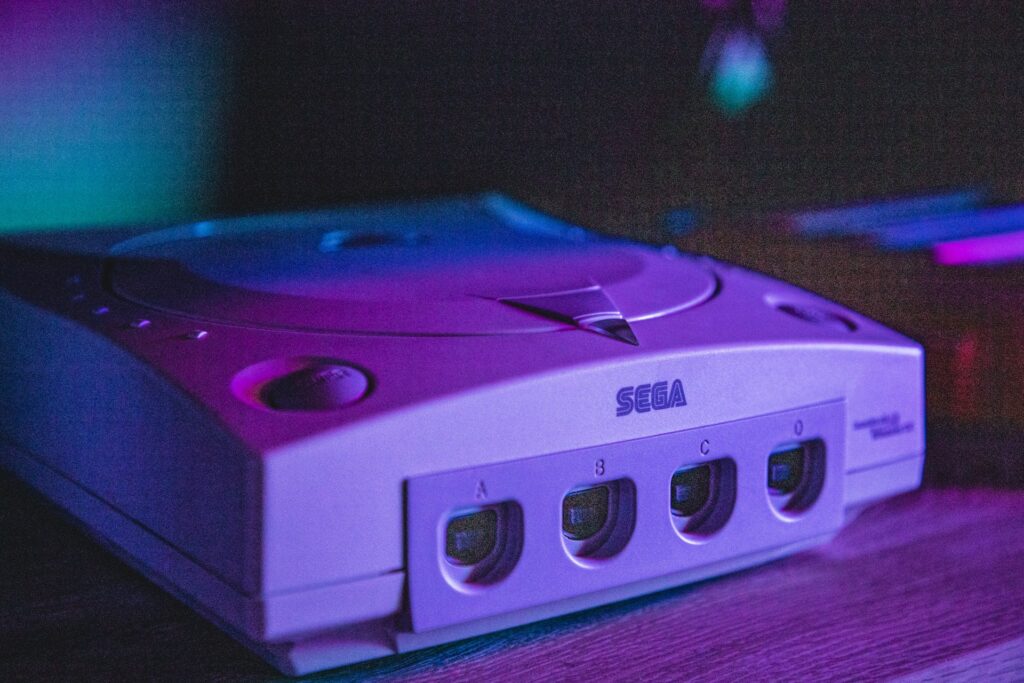
Sega’s Dreamcast, released in 1999, was a pioneer in many ways. It was the first console to offer built-in online gaming capabilities, allowing players to connect and compete over the internet. It also boasted impressive graphics and innovative features like a memory card that doubled as a portable gaming device.
Sadly, the Dreamcast’s time in the spotlight was cut short. Facing stiff competition from the PS2 and struggling to overcome Sega’s previous financial woes, the console was discontinued in 2001. Despite its short lifespan, the Dreamcast demonstrated the potential of online gaming and paved the way for future consoles.
Nintendo’s GameCube: a quirky contender
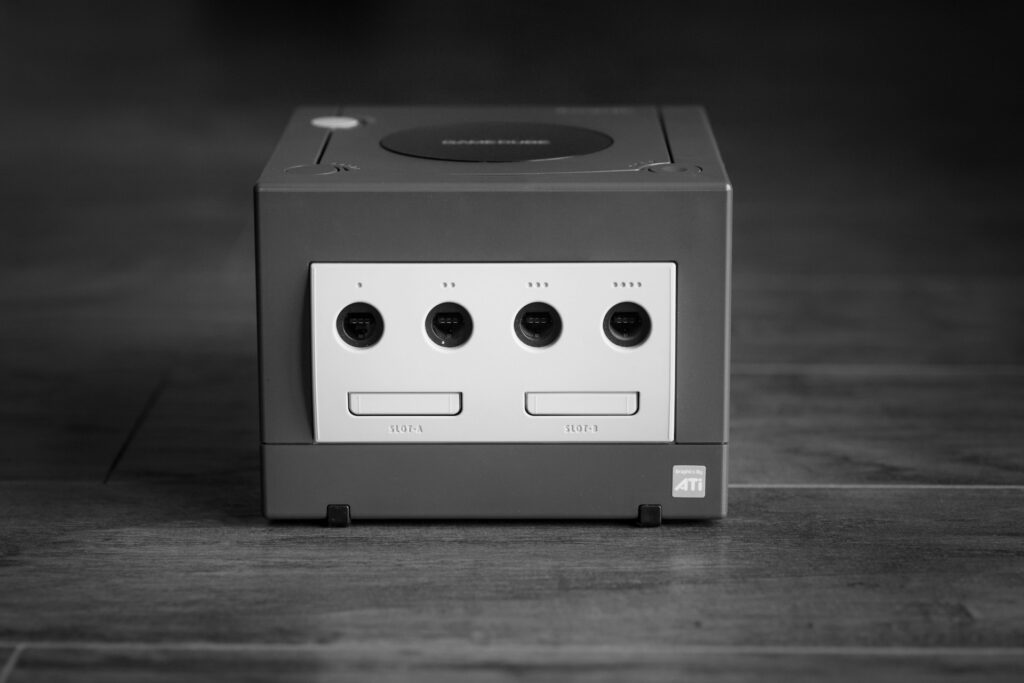
Nintendo, always known for its innovative approach, launched the GameCube in 2001. This compact, cube-shaped console featured a unique mini-DVD format for its games and a quirky controller design with a prominent analog stick and a pressure-sensitive shoulder button.
While the GameCube didn’t quite reach the same level of success as the PS2, it had a dedicated following thanks to its strong first-party titles like Super Smash Bros. Melee, The Legend of Zelda: The Wind Waker, and Metroid Prime.
Its powerful hardware and unique controller made it a favorite among hardcore gamers looking for streamlined experiences, and it remains a beloved console to this day.
Microsoft’s Xbox: a new challenger approaches
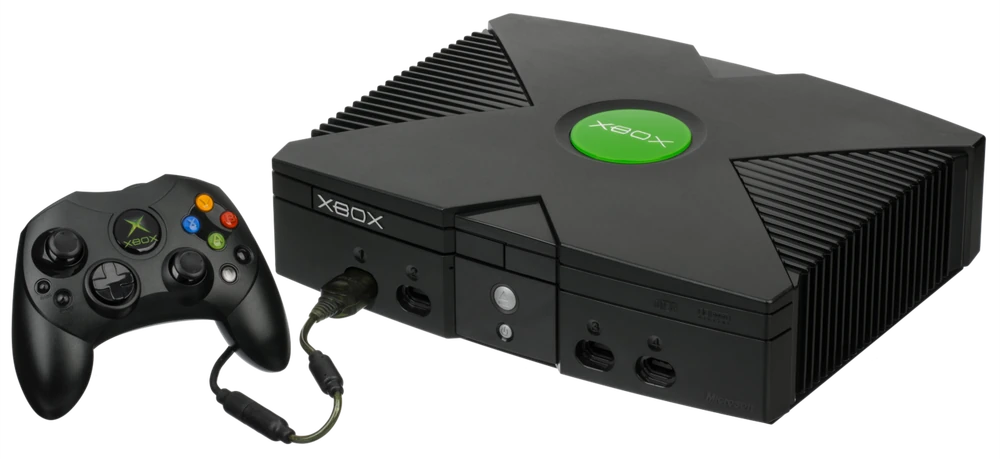
Microsoft, a newcomer to the console market, made a bold entrance with the Xbox in 2001. This powerful console, built on familiar PC architecture, boasted impressive hardware specs and a key feature that set it apart: a built-in hard drive.
This was a big deal at the time! Other consoles relied on memory cards, which could be a pain to manage and had limited storage space. The Xbox’s hard drive allowed larger game saves, faster loading times, and the ability to download additional content.
Microsoft also strongly emphasized online gaming through its Xbox Live service. The console quickly gained a reputation for its premium gaming experiences, with titles like Halo: Combat Evolved and Project Gotham Racing becoming instant classics.
Microsoft’s commitment to online gaming with Xbox Live laid the foundation for the company’s future success in the console market, establishing a strong online community and paving the way for features like online achievements and voice chat.
Handheld consoles
The sixth generation also saw a surge in popularity for handheld gaming. Nintendo continued its dominance in this arena with the Game Boy Advance, a powerful handheld boasting colorful graphics and a vast library of games, including classics like Pokémon Ruby and Sapphire and The Legend of Zelda: The Minish Cap.
Meanwhile, Nokia tried to shake things up with the N-Gage, a hybrid gaming phone that struggled to gain traction despite its unique design.
Games that defined an era: influential titles of the sixth generation
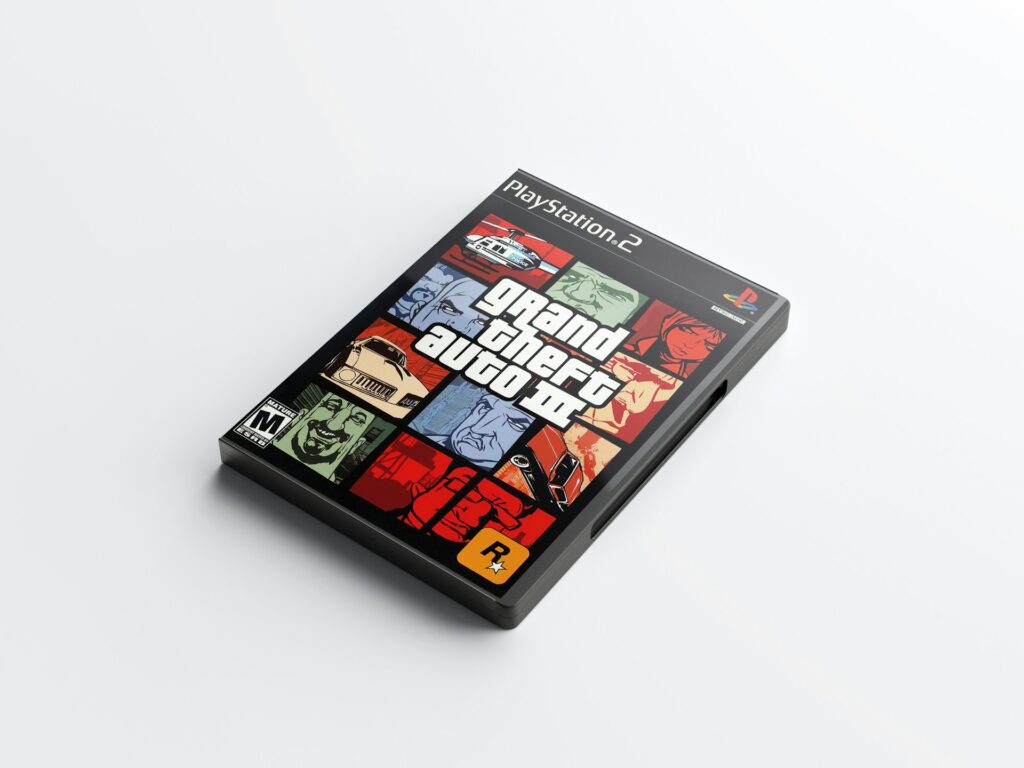
Let’s quickly see 8 incredible games launched for this generation of consoles. First, we have Grand Theft Auto III, which changed how we thought about open-world games – players could explore a vast and gritty city, stealing cars, causing mayhem, and immersing themselves in a crime-filled story.
We also had Halo: Combat Evolved, revolutionizing first-person shooters with its tight controls and innovative multiplayer experience; Super Smash Bros. Melee, bringing Nintendo’s beloved characters for a chaotic and competitive fighting game; Gran Turismo 3: A-Spec, setting a new standard for racing games with realistic driving physics and a massive selection of cars.
Final Fantasy X proved that RPGs could be both artistically ambitious and a commercial success, surprising players with its story and visuals. The Legend of Zelda: The Wind Waker charmed gamers with its unique cel-shaded art style and unforgettable adventure across the seas.
Also, there’s Pokémon Ruby and Sapphire, GBA’s best-selling title, which introduced gamers to the third generation of pocket monsters, and Super Mario Sunshine, giving the iconic plumber a new adventure in a vibrant tropical setting.
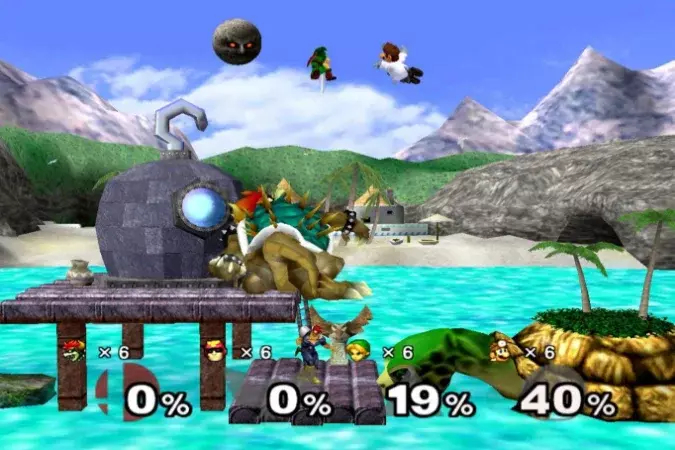
The sixth generation of video game consoles marked a turning point in the entertainment industry!
It was a time of radical technological advancements, the rise of online gaming, and a wave of groundbreaking games that redefined what was possible in interactive entertainment.
While the PS2 still stands as the best-selling console, there’s an argument for the Xbox being the most influential. Its focus on powerful hardware, online gaming through Xbox Live, and in-game achievements paved the way for modern gaming experiences.
Suddenly, players could connect with friends and rivals across the globe, competing for bragging rights and unlocking those satisfying digital trophies, a trend that’s still all the rage among gamers and has extensively been used as a gamification technique.
Are you looking for a professional game development partner?
Remember those late nights battling friends in Halo: Combat Evolved, unlocking achievements, and discovering hidden secrets in your favorite games? Maybe you’re feeling nostalgic for those classic games and innovative consoles. Perhaps you’re inspired to create a game that captures the spirit of that era.
At Main Leaf Games, we’re passionate about bringing those gaming dreams to life. Whether you’re an indie developer with a retro-inspired vision or a studio looking to push the boundaries of modern gaming, our team of experienced developers and artists is here to help.
Contact us today and let’s collaborate on something amazing!

